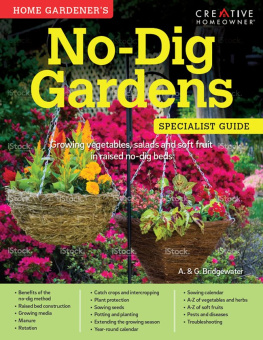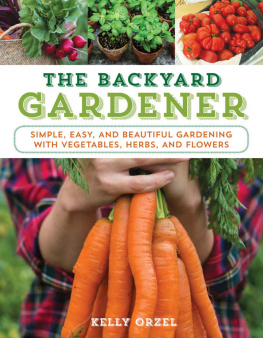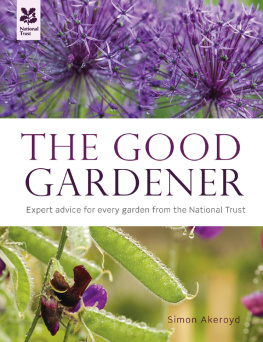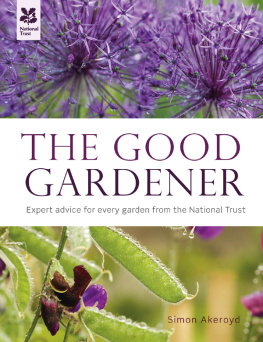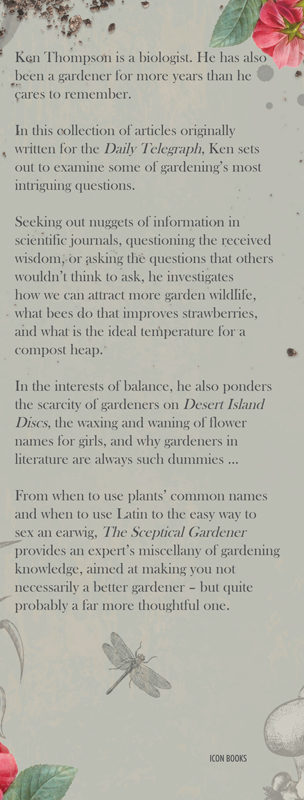The
Sceptical Gardener
BY THE SAME AUTHOR
Where Do Camels Belong? (Profile, 2014)
Do We Need Pandas? (Green Books, 2010)
The Book of Weeds (Dorling Kindersley, 2009)
No Nettles Required (Eden Project, 2007)
Compost (Dorling Kindersley, 2007)
An Ear to the Ground (Eden Project, 2006)
The
Sceptical Gardener
The thinking persons guide to good gardening
KEN THOMPSON

Published in the UK in 2015
by Icon Books Ltd, Omnibus Business Centre,
3941 North Road, London N7 9DP
email:
www.iconbooks.com
Sold in the UK, Europe and Asia
by Faber & Faber Ltd, Bloomsbury House,
7477 Great Russell Street,
London WC1B 3DA or their agents
Distributed in the UK, Europe and Asia
by TBS Ltd, TBS Distribution Centre, Colchester Road,
Frating Green, Colchester CO7 7DW
Distributed in Australia and New Zealand
by Allen & Unwin Pty Ltd,
PO Box 8500, 83 Alexander Street,
Crows Nest, NSW 2065
Distributed in South Africa by
Jonathan Ball, Office B4, The District,
41 Sir Lowry Road, Woodstock 7925
Distributed in India by Penguin Books India,
7th Floor, Infinity Tower C, DLF Cyber City,
Gurgaon 122002, Haryana
Distributed in Canada by Publishers Group Canada,
76 Stafford Street, Unit 300
Toronto, Ontario M6J 2S1
ISBN: 978-184831-933-2
Text copyright 2015 Telegraph Group Limited
The right of Ken Thompson to be identified as the editor of this work has been asserted under the Copyright, Designs and Patents Act 1988
No part of this book may be reproduced in any form, or by any means, without prior permission in writing from the publisher
Typeset in Adobe Caslon by Marie Doherty
Printed and bound in the UK by Clays Ltd, St Ives plc
ABOUT THE AUTHOR
Ken Thompson was for twenty years a lecturer in the Department of Animal and Plant Sciences at the University of Sheffield. He writes regularly on gardening for the Daily Telegraph. His previous book, Where Do Camels Belong? (Profile, 2014), was described as lively and punchy by TheSunday Times.
INTRODUCTION
For nearly all my adult life Ive been a university academic; specifically a plant ecologist. For almost as long Ive also been a gardener; the two periods would coincide exactly, were it not that it took me a few years to acquire a garden. But it took me a surprisingly long time to realise that the two strands of my life were really quite closely related. Im not sure whether there was an actual eureka moment, but if there was it was probably some time in the late 1990s.
As an academic, I spend a lot of time reading papers in scientific journals in my case, botany and ecology journals. The great majority of these papers are of interest only to a small number of specialists, and a significant proportion are of no interest to anyone, sometimes not even their own authors. But hidden in there are a tiny number of gems that recount findings of interest to gardeners. Or at least, they would be of interest to gardeners if someone bothered to tell them. I looked around and realised that there was no someone doing that, so maybe I should have a go.
But where to start? My eye fell on the magazine Organic Gardening, and I emailed its then editor, Gaby Bartai Bevan, who agreed to let me write a monthly column on science for gardeners.
The first column appeared in June 2001, and I wrote one every month for over three years, each inspired by a scientific paper. Gaby paid me 30 per article, which doesnt seem like much now, and frankly didnt seem like much then either. But I didnt mind; the practice was good for me, and demonstrated that there was a market out there for gardening science. It also gave me the confidence to write my first gardening book, An Ear to the Ground. This wasnt a collection of published articles, but was in much the same spirit as the Organic Gardening column: random bits of gardening science that I found interesting, and that I hoped others would too.
Fast forward to September 2010, when Joanna Fortnam, gardening editor of the Daily Telegraph, emailed me to ask if I would be interested in writing a column for her. I said yes, and Ive been writing them ever since. Our arrangement, which appears to suit both of us, is marvellously informal I write something whenever I feel like it, and Joanna prints it whenever she feels like it. In practice many articles are inspired by recent papers in scientific journals, which may be on anything from harlequin ladybirds to the genetics of artichokes and cardoons. Some of the stuff I write about may crop up elsewhere in the media, but much of it doesnt. Several pieces start not with a particular scientific paper, but with a question, such as: is buying bumblebees a good idea, does compost tea do anything, and do wildflowers really like poor soil?
My approach in trying to answer such questions is essentially the one expressed by the motto of the Royal Society, Nullius in verba (Latin for take nobodys word for it). That is, I always start by going back to the scientific literature to try to find some actual evidence; I am not (or only rarely anyway) particularly interested in airing my own opinions. Thus, even if I express what looks like an opinion (for example, that forest gardening is unlikely to feed many people beyond those who write books about it, that the panels advice on Gardeners Question Time isnt always right, or that planting by the moon is literally for lunatics), I hope the facts are on my side.
Of course, given a soapbox and an invitation to stand on it, I do occasionally stray quite a long way from the objective, evidence-based ideal. Thus I have, over the years, pondered the relative scarcity of gardeners on Desert Island Discs, the waxing and waning of flower names for girls, and why gardeners in literature are always such dummies. I have also expressed my total bafflement at why anyone would bother spraying heather plants bright orange, and why anyone else would be willing to buy plants thus treated. In the spirit of all work and no play etc., I hope readers will bear with me.
It might have occurred to me eventually, but it was Joanna who first suggested that the columns should be collected together in a book, so here they are. I have not attempted to update them. Most dont need it, and in any case the updating itself would soon be out of date. In a very few cases, where the article is perhaps a bit of a cliff-hanger, I have added a brief footnote that explains where we are now (in mid-2015). In even fewer cases, a footnote clarifies a topical reference that isnt obvious from the context. Otherwise, the columns are reproduced here in exactly the form in which they were originally written.

Cerys Hughes at the Telegraph undertook the thankless task of selling the idea of a book to publishers, and Duncan Heath was kind enough to recognise that it might fit with Icon Books aim of publishing thought-provoking non-fiction. So to Cerys and Duncan, my enormous thanks for getting the idea off the ground. To everyone else at Icon, my thanks for seeing the project through to fruition. Special thanks to Gaby Bartai Bevan for giving me my start in writing for gardeners, to Joanna Fortnam for being so consistently (and surprisingly) interested in what I choose to write about, and my wife Pat for putting up with me while I write it. Finally, thanks to you, the reader. If these columns are new to you, I hope you like them, and if youve read them before, I hope you enjoy them all over again. I certainly enjoyed writing them.


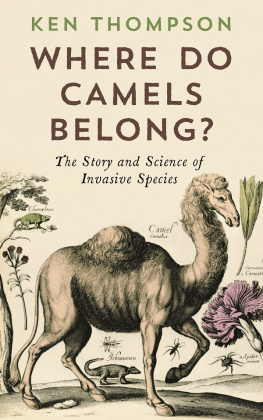
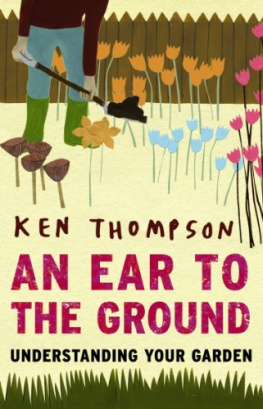

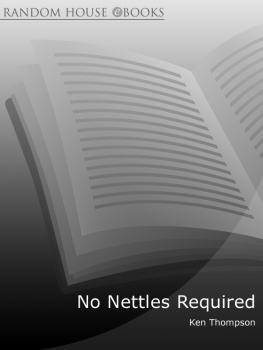

![Dowding - The Year-Round Vegetable Gardener’s Bible [7 Books in 1]](/uploads/posts/book/453239/thumbs/dowding-the-year-round-vegetable-gardener-s.jpg)
